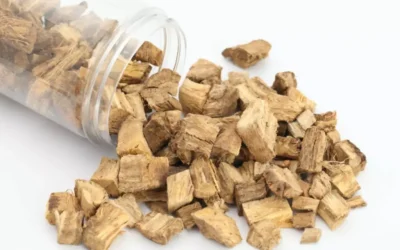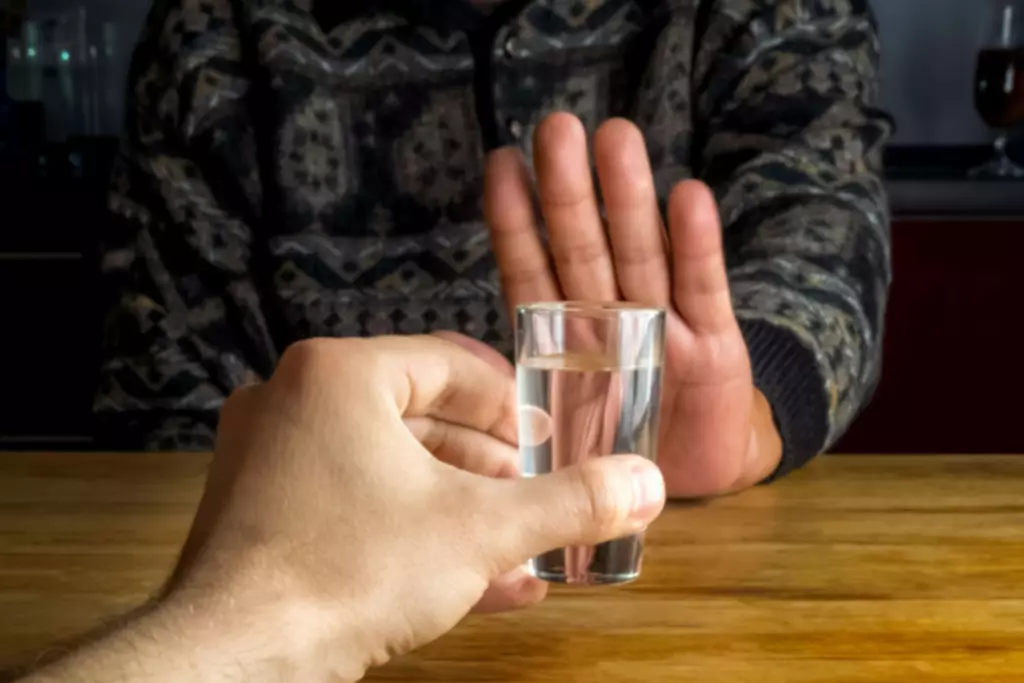Unfortunately, it appears that the therapeutic benefits of hemodialysis are limited in cases where the toxic alcohols and metabolites have been metabolized and clinical sequelae are established [8]. Furthermore, consensus on thresholds for when to initiate alcohol dehydrogenase inhibitor and dialysis has yet been established [1, 2, 4]. Similar treatment guidelines and established standard of care have not been formulated for other types of toxic alcohols. Despite the presence of treatment guidelines for methanol and ethylene glycol poisoning, variations exist in their intervention strategies.
Single-site iron-anchored amyloid hydrogels as catalytic platforms for alcohol detoxification
Acetaminophen Overdose: Symptoms, Treatment and More – Healthline
Acetaminophen Overdose: Symptoms, Treatment and More.
Posted: Fri, 07 Oct 2016 07:00:00 GMT [source]
Sufficient ethanol concentrations are best maintained by frequent measurements (every 1–2 h) and dose adjustments. However, ethanol analyses need to be available which is not the case in many areas especially the developing world 19. Zakharov 97 monitored serum ethanol concentrations for 90 ± 20 (SD) hours in 21 methanol‐poisoned patients treated with ethanol. Concentrations were in the therapeutic range (100–150 mg/dL, 22–33 mmol l−1) 28% of the time, above the range 29% of the time (peaking at 350 mg/dL (76 mmol l−1)) and sub‐therapeutic 44% of the time. If you’re with someone who might have drunk too much, call 911 right away. If you or your friend are under the legal drinking age, you might be worried about the legal consequences.
Alcohol poisoning
This leads to rapid increases in BAC and significantly impairs brain and other bodily functions. One of the most common medications used to reverse alcohol overdose is metadoxine. This drug is used for acute alcohol intoxication, alcohol overdose, and for chronic intoxication, which may be seen in alcohol addiction. Although ADH inhibition has also been shown to be therapeutic against diethylene glycol toxicity in animals 47, fomepizole is not approved by the US FDA for this indication nor has ethanol therapy been widely used.
Alcohol Intoxication Treatment

Opioid-related deaths – for example from heroin or powerful synthetic opioids like fentanyl – make up the biggest proportion of drug fatalities across the UK. A life-saving anti-overdose drug is to be made available for use at home in alcohol overdose England without a prescription. However, areas of the western U.S. endured significantly more fatal overdoses. In Washington, Oregon and Alaska, those fatalities rose 27 percent or more in 2023 alone, according to the latest data.
Epidemiology of toxic alcohol ingestions
If a person has generally consumed two to three drinks as a man or one to two drinks as a woman in an hour, they’ll enter the euphoric stage of intoxication. At this stage of intoxication, the person’s behavior will be normal with no visible signs of intoxication, such as slurred speech or delayed reaction time. The condition is usually linked to drinking too many alcohol beverages. But in some cases, people with this condition might have accidentally or intentionally drank household products containing alcohol, such as mouthwash or vanilla extract. Someone who is “just drunk” will be slurring their words, stumbling around, and acting drowsy.

Although relatively infrequent in overall occurrence, poisonings by metabolically‐toxic alcohols do unfortunately occur in outbreaks and can result in severe morbidity and mortality. Although ethanol can be effective in these poisonings, there are substantial practical problems with its use and so fomepizole, a potent competitive inhibitor of alcohol dehydrogenase, was developed for a hopefully better treatment for metabolically‐toxic alcohol poisonings. Toxic alcohols have been implicated in accidental ingestions and intentional exposures. The main treatment modalities include antidotes with alcohol dehydrogenase inhibitors and dialysis. Current guidelines exist for both methanol and ethylene glycol intoxication. However, treatment consensus related to other toxic alcohols is limited.
- The objective of this study is to summarize existing evidence on short- and long-term outcomes of patients following toxic alcohol poisonings, including methanol, ethylene glycol, isopropanol, propylene glycol, and diethylene glycol.
- Experimental studies suggest that formate is excreted in the kidneys at a much higher rate when the patient is not acidotic.
- In addition to blocking alcohol dehydrogenase, significant metabolic acidosis should be treated with sodium bicarbonate infusions.
- Trauma patients under the influence of alcohol have a longer length of hospital stay, higher mortality, and are more likely to have traumatic injuries in the future.
- Like alcohol, these drugs suppress areas in the brain that control vital functions such as breathing.
- No difference in outcome between ethanol and fomepizole was found in the study by Zakharov et al. 84, who did a pairwise comparison to evaluate outcome parameters.
- The most effective therapy for alcoholic liver disease is prolonged abstinence from alcohol.
Alcohol intoxication
Alcohol Toxicity Treatment & Management
- These patients had similar treatments except for the antidote, supporting ethanol as an equitable antidote given ideal circumstances.
- Alcohol can be especially harmful to a person’s health, and over half of alcohol-related deaths are actually due to the resulting health complications–such as cancer or liver disease–of consuming too much alcohol over an extended amount of time.
- If folinic acid is not immediately available, folic acid can be substituted at the same dose.
- Even small increases in BAC can decrease motor coordination, make a person feel sick, and cloud judgment.
- The toxicity of methanol and ethylene glycol arises from their respective metabolites while the parent compound is relatively innocuous [4].
Lascia un commento